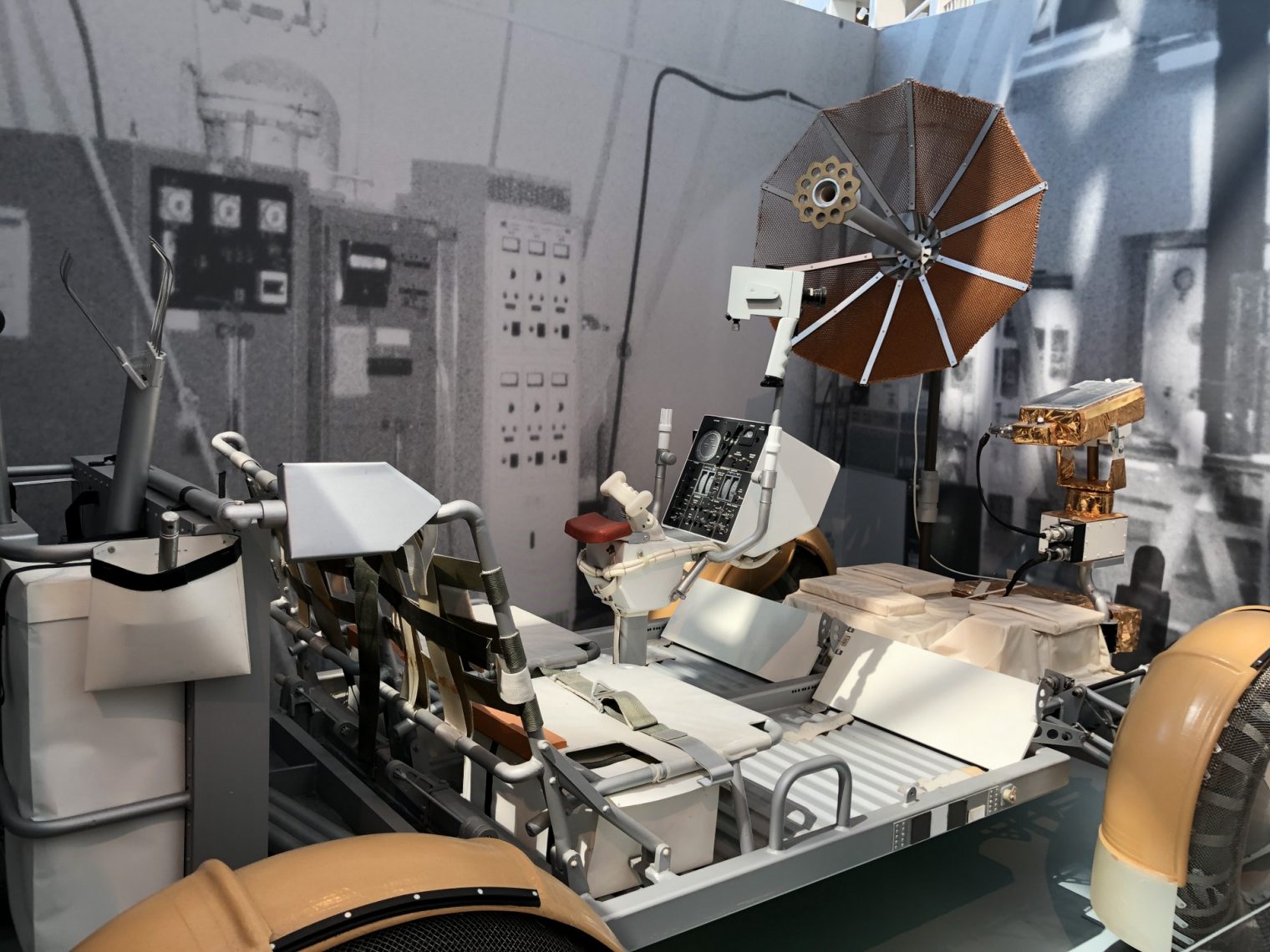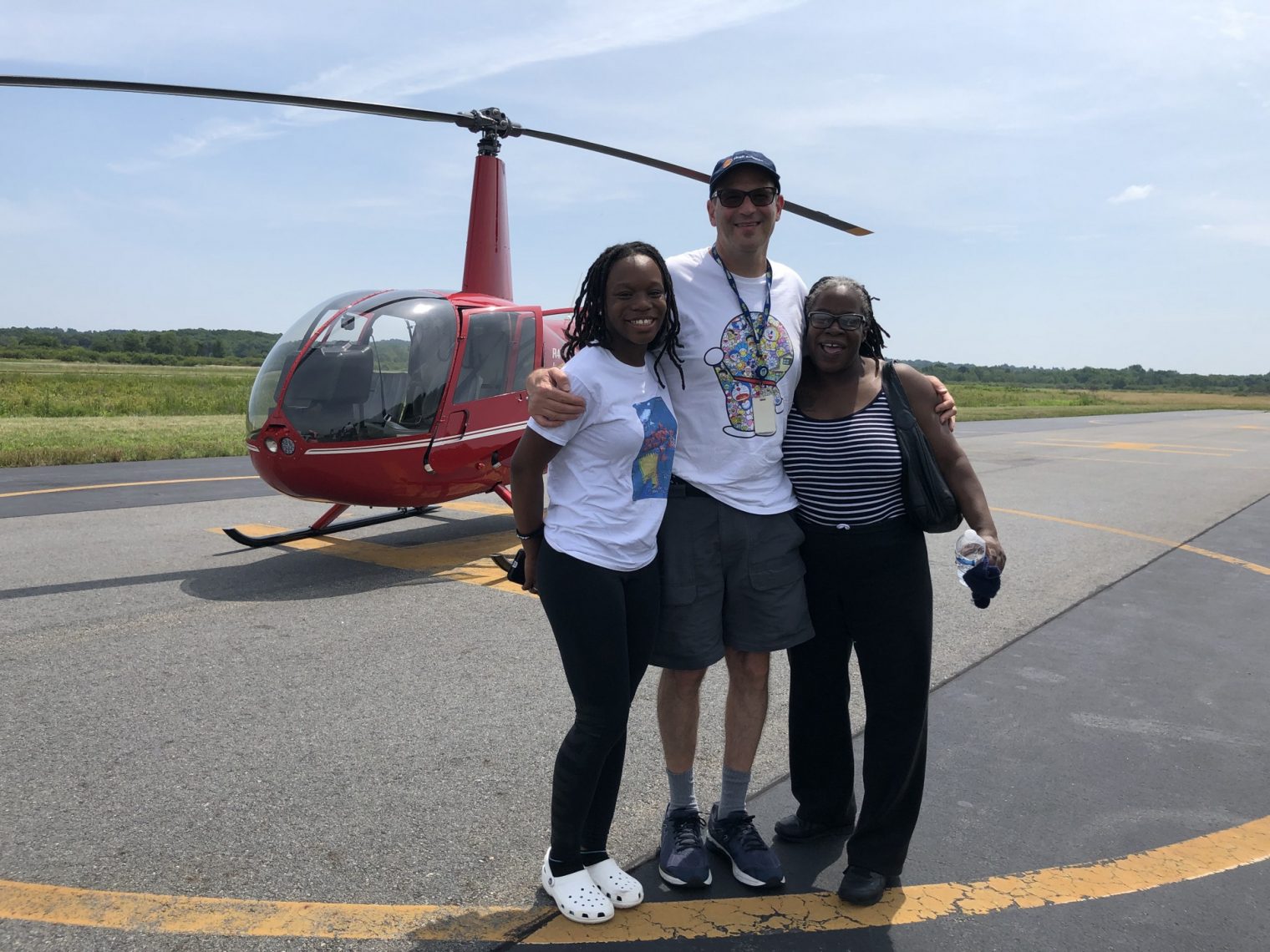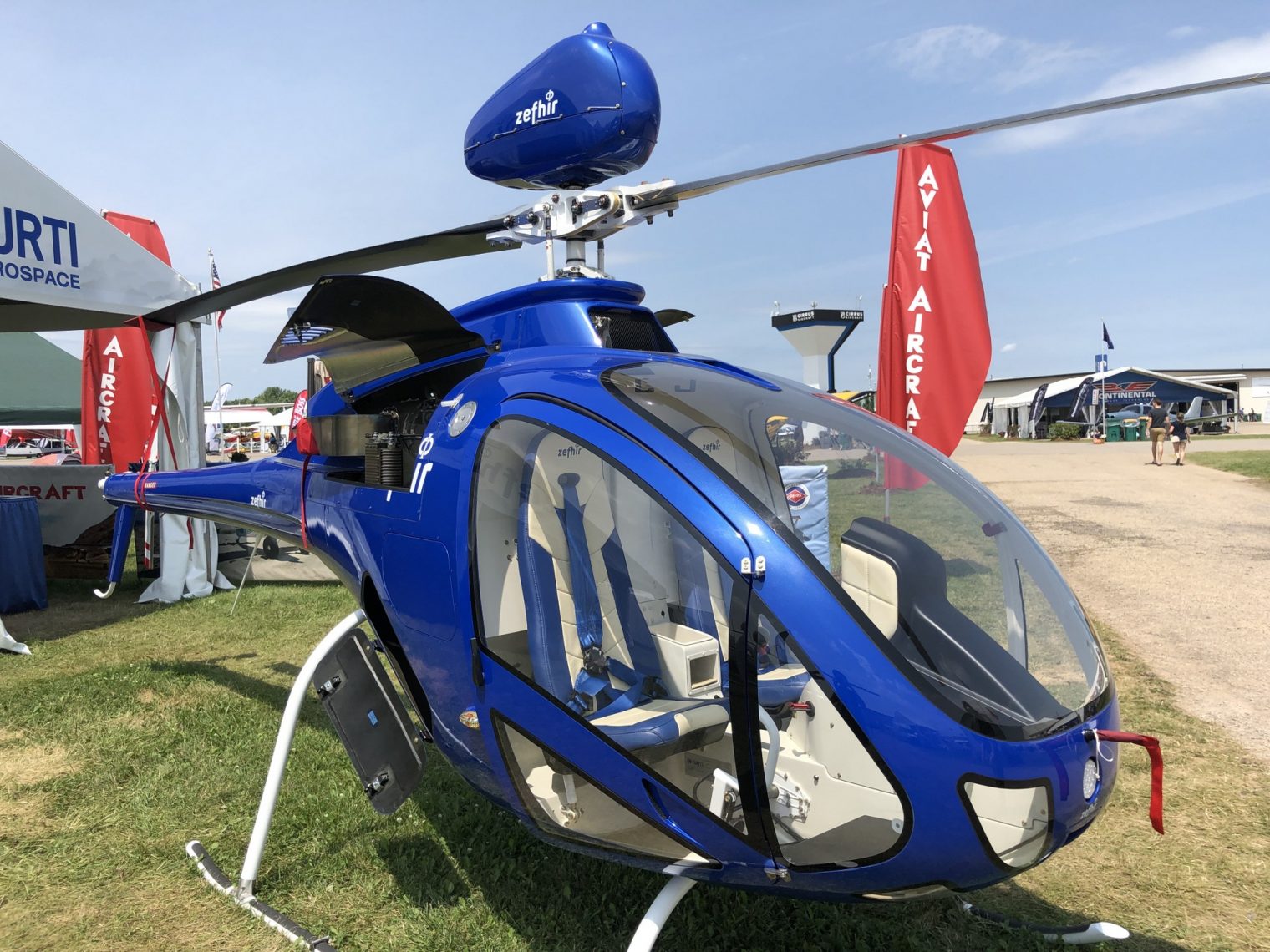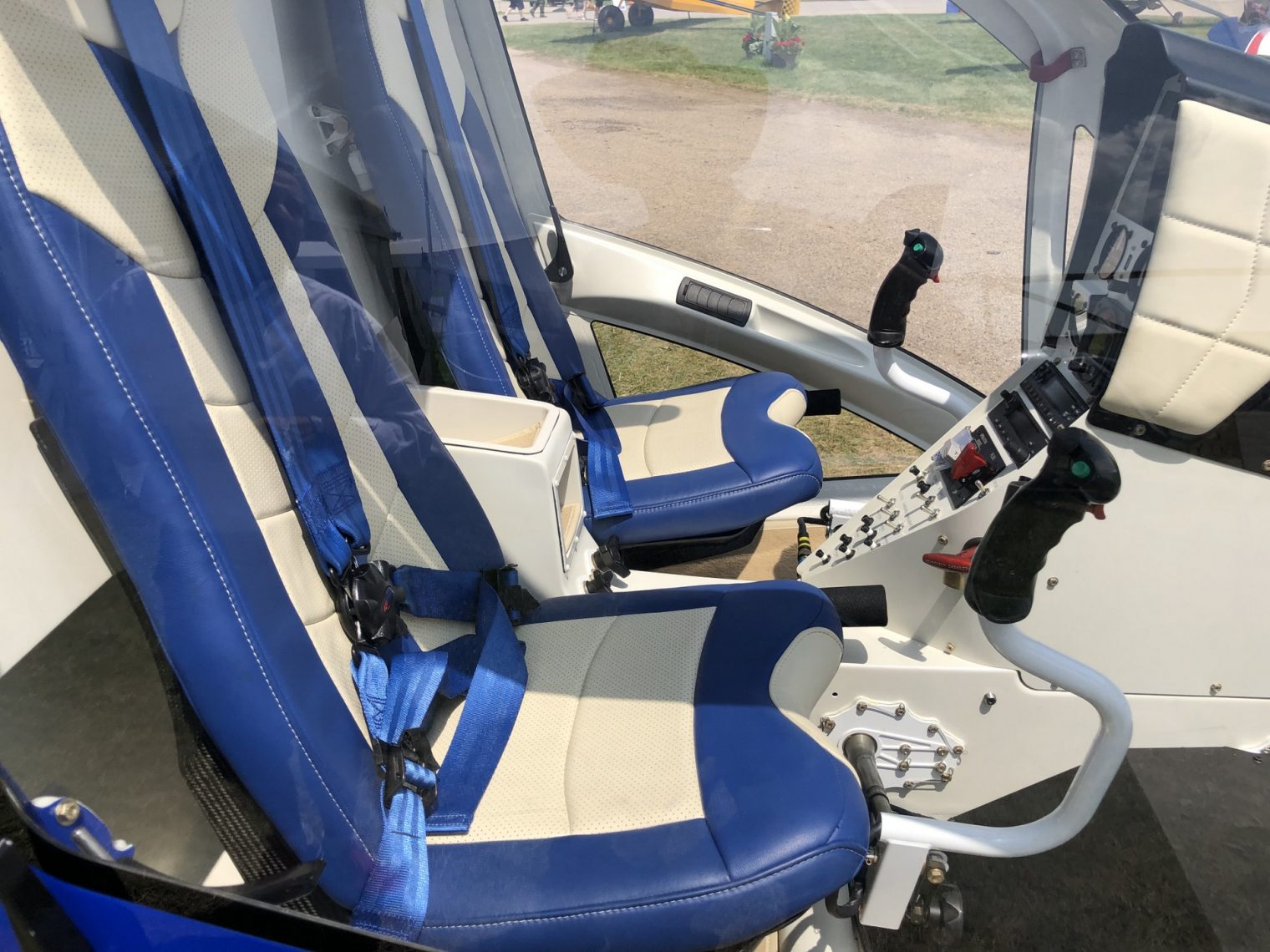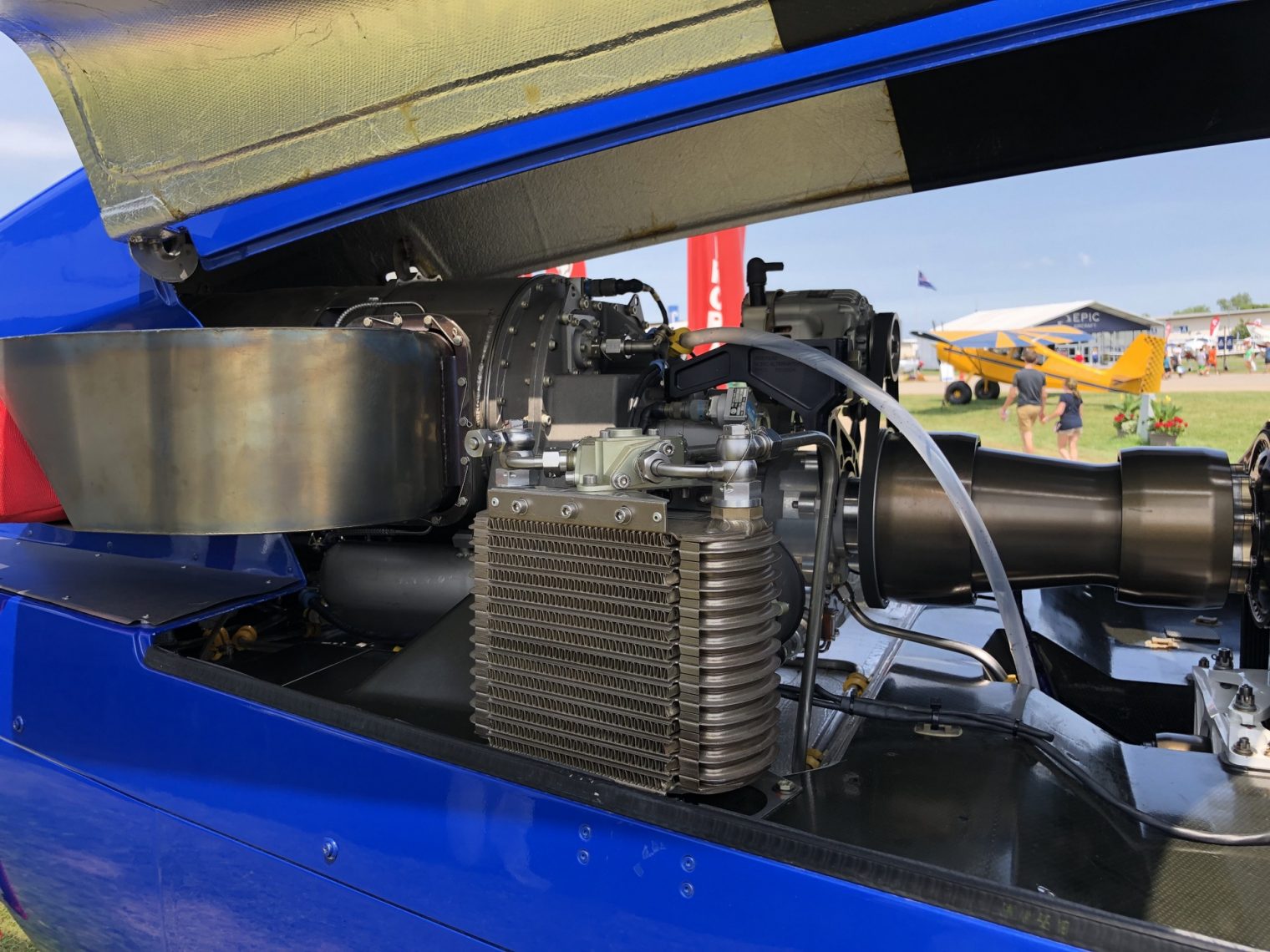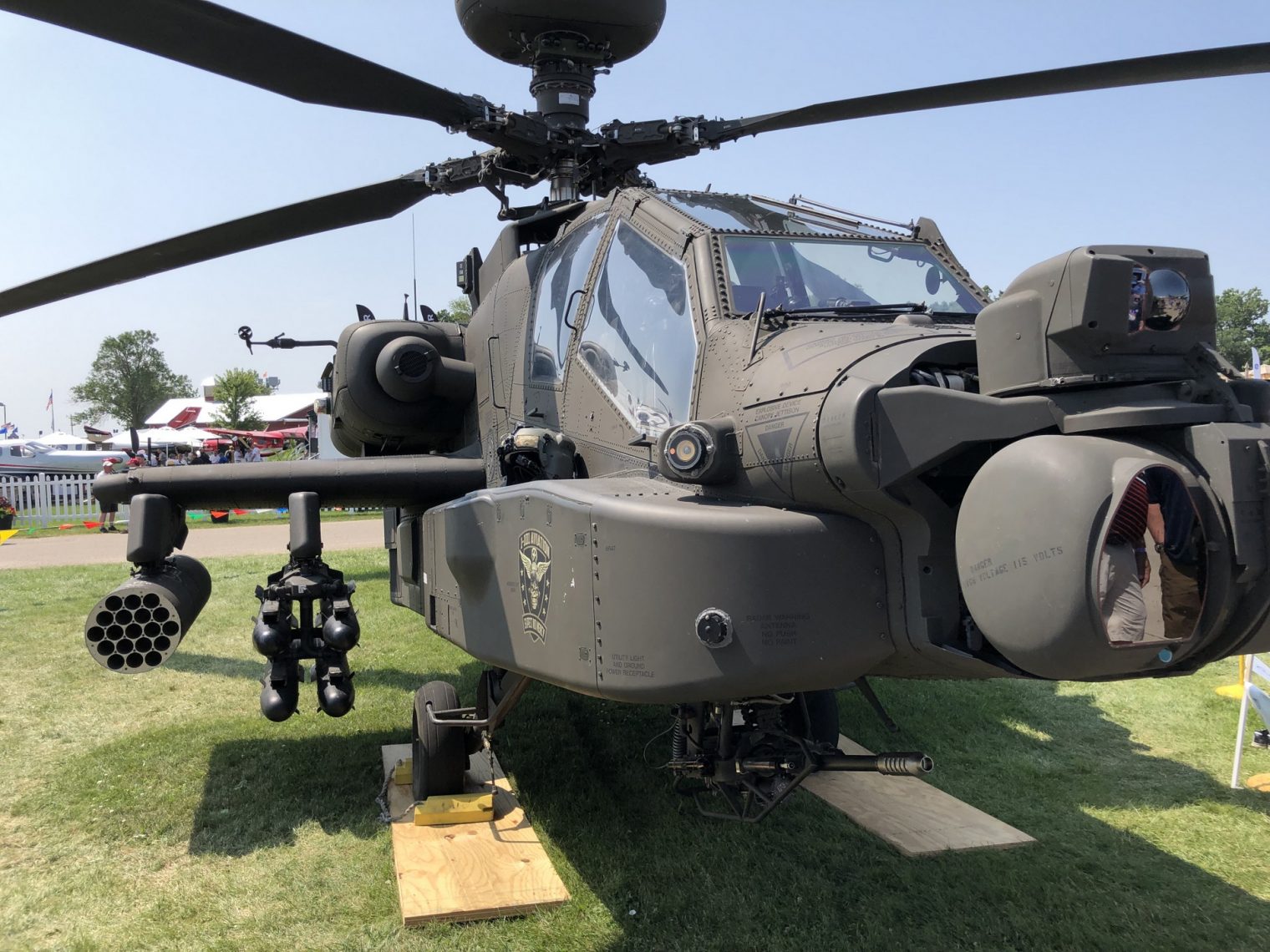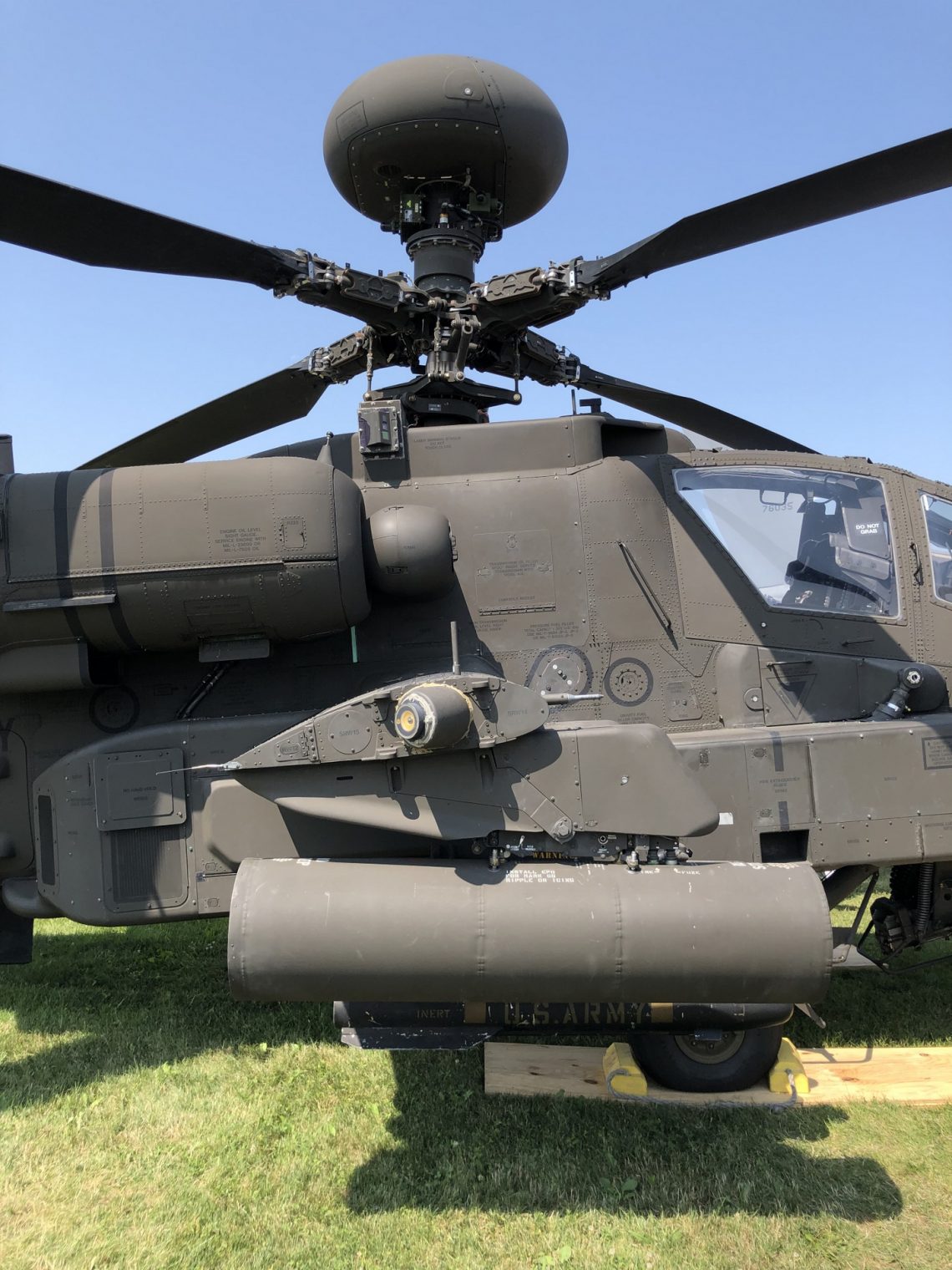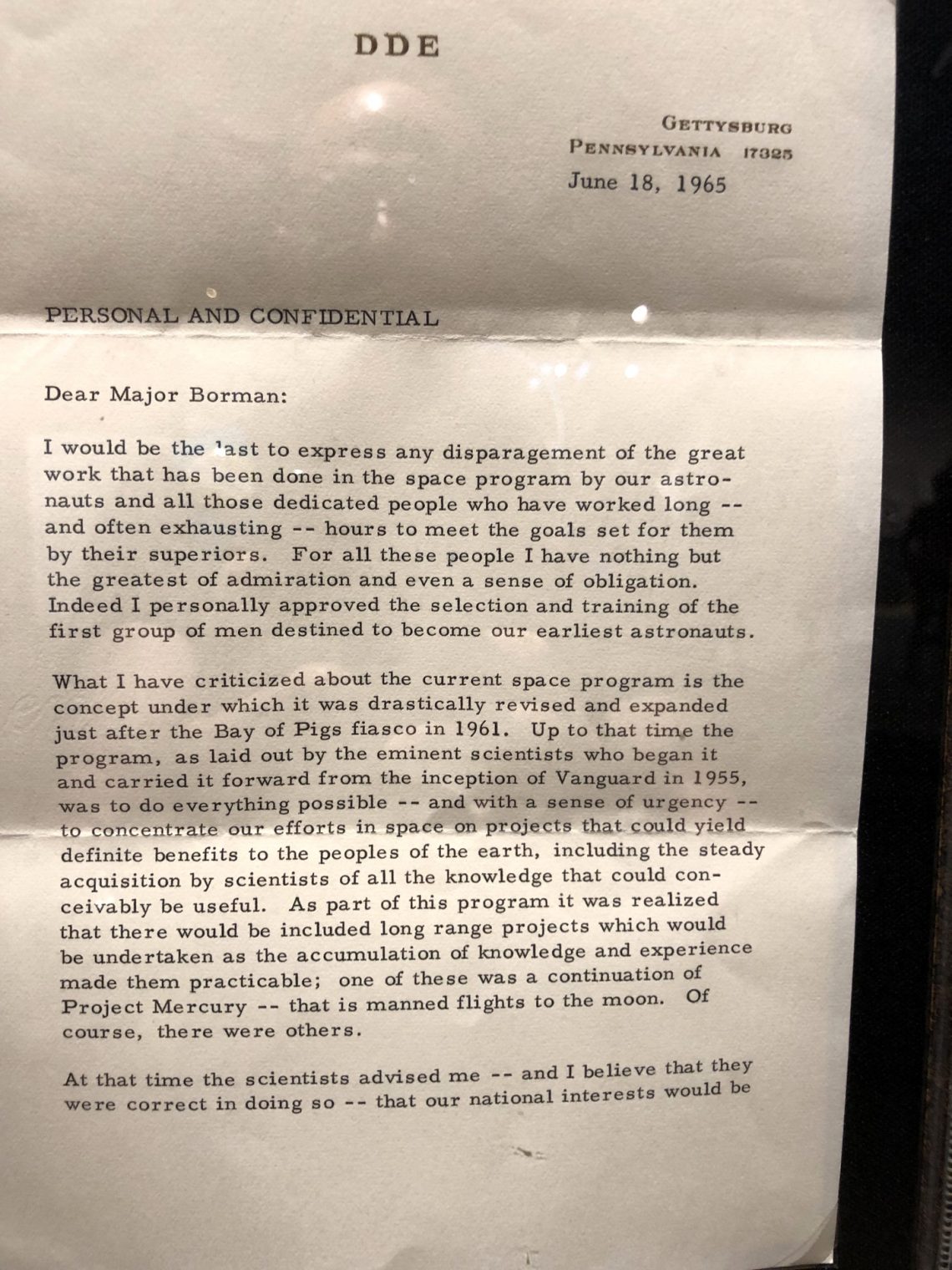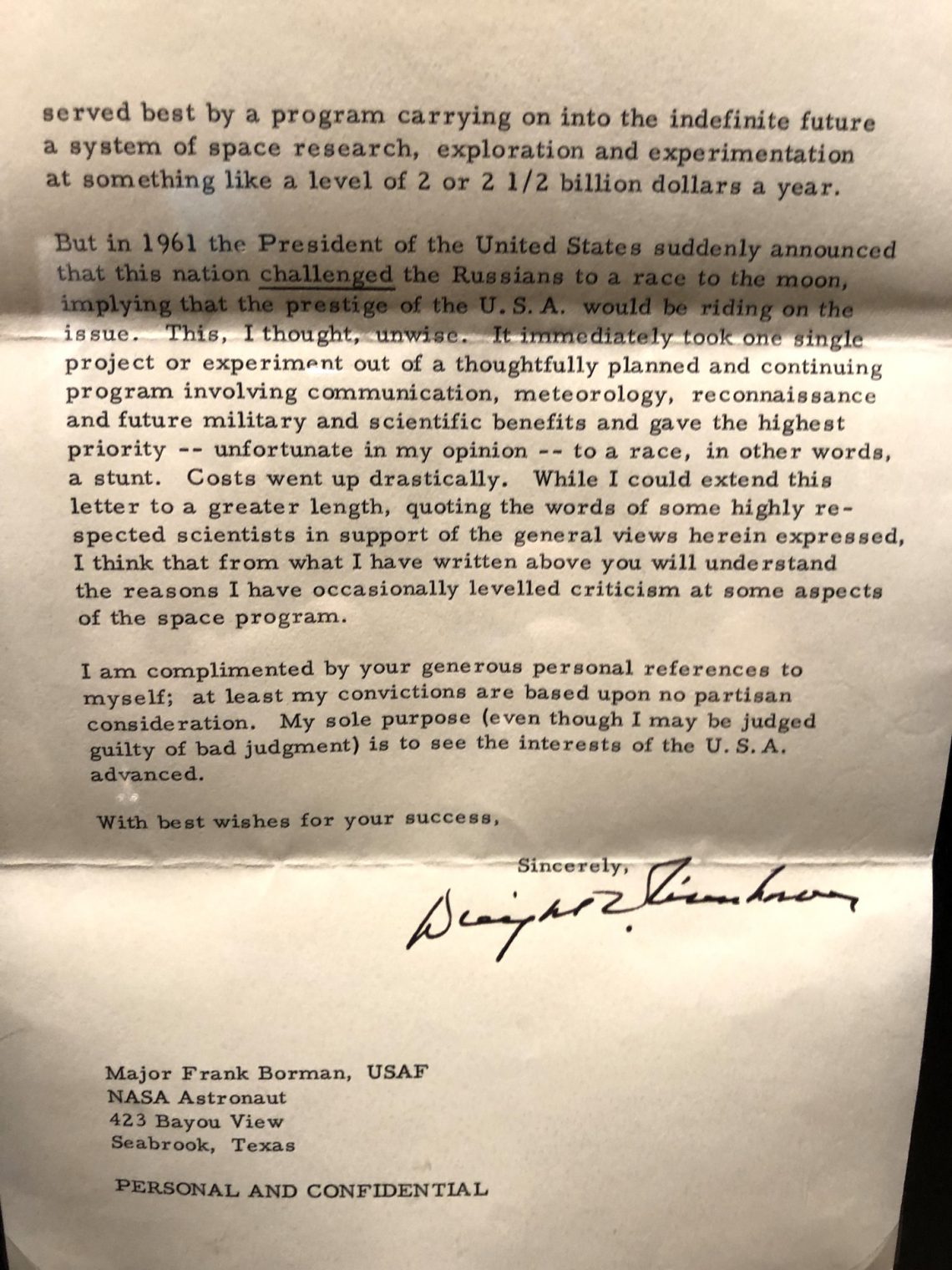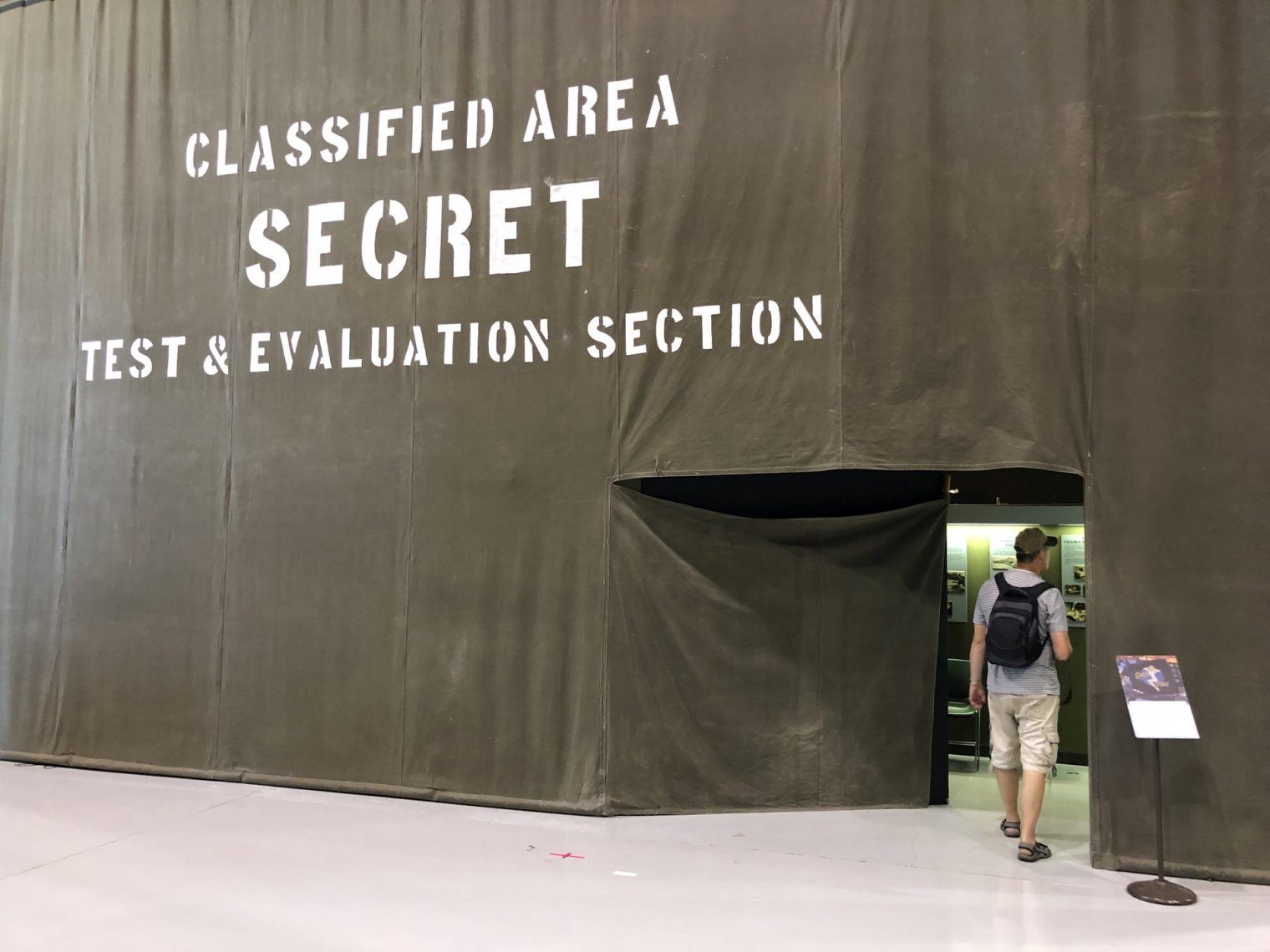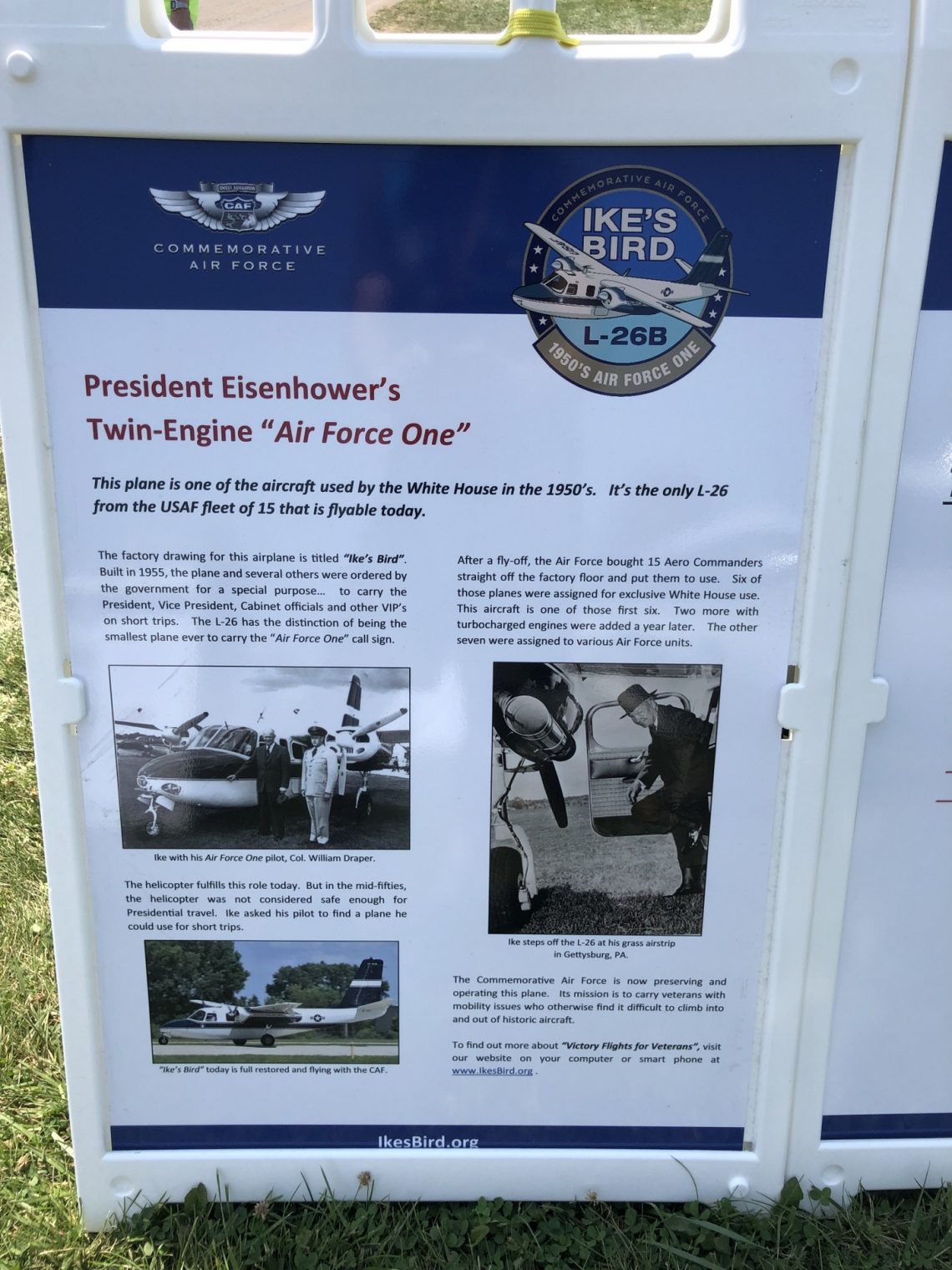Southwest 1380 crew speaks at Oshkosh
During lunch at EAA AirVenture, I encouraged my companions to accompany me to a talk by the crew of Southwest 1380 regarding their emergency landing following an uncontained engine failure during a flight from New York to Dallas. “So what,” was one GA pilot’s response. “They ran a checklist.”
It is Labor Day, however. Maybe we can celebrate people who simply show up to work and do whatever it is they were trained to do in the sim.
Was the Southwest 1380 incident truly just like an engine failure in a sim, with the remaining working components of the airliner adding up to a much better aircraft than 99 percent of the planes parked at Oshkosh?
The question was answered by Tammie Jo Shults and Darren Ellisor, captain and first officer appearing side-by-side on stage (see “Captain Tammie is the anti-Sully”).
First officer Darren was the pilot flying when the incident began. He described the autopilot quitting and the airplane rolling to roughly 41 degrees left. He responded by grabbing the yoke and pulling back thrust levers to stop the asymmetric thrust. “I knew we had some kind of engine problem and that we had to start down.”
Captain Tammie said that she remembered the Air France 447 crash in which two pilots gave the plane opposite inputs. The roaring noise from the decompression prevented oral communication, but once she saw that Darren was on the controls, she used hand signals to show that she was taking her hands off. Both pilots described vibration severe enough to make it difficult to read instruments or checklists.
Tammie continued to display her anti-Sully personality by explaining that the only reason she took over the controls was that Southwest requires captains to land emergency aircraft. She credited Darren with being perfectly competent to fly the plane and also with identifying Philadelphia as the best destination. She took over after most of the descent was complete and that left her to fly and handle radio calls while he ran the checklists.
The pilots noted that tasks in the cockpit kept them too busy to contact the flight attendants and explain what was going to happen. “Our first contact with the flight attendants was at 8,000’ [after coming down from 32,500’].” That meant roughly 15 minutes in which folks in the back had no idea whether they were going to walk down stairs at an airport or land in a cornfield. (See “Southwest 1380: think about the flight attendants”)
In addition to highlighting the efforts of the cabin crew, Captain Tammie recognized two passengers for heroism. “These guys left their oxygen masks and families to try to try to pull Jennifer [Riordan] back into the plane,” she said. “They took the risk of being pulled out themselves in the event of additional structural failure, which they had no way of predicting.”
(The passengers were able to get Ms. Riordan back into the plane after the airliner had slowed down and turned base, but unfortunately she died from her injuries.)
Once the oxygen masks were on and the plane was slowed down, did it fly like the sim then? No. There was a lot of extra drag on the left side. Darren explained that the failed engine’s cowling had spread out “like a thrust reverse” and that fragments had damaged the leading edge of the wing. It was difficult to make right turns and he later said that he wasn’t sure if the plane could have held altitude on one engine, even at 200 knots.
Partly due to the circumstances and partly due to Air Traffic Control’s repeated requests for the same information after every frequency change (e.g., souls and fuel on board), the crew finished only 1 checklist (“severe damage”) out of 7 that Darren thought should have been run.
The landing was uneventful despite the fueled-for-Dallas plane being 10,000 lbs over max landing weight. In keeping with the U.S. love for security and bureaucracy, Tammie said “the first person to come onboard the aircraft was FBI.” (i.e., the first people to enter the landed plane were not EMTs to help Jennifer Riordan).
Asked by an audience member why they didn’t ignore ATC’s requests for information after the first answered one, Tammie explained that they were afraid being intercepted by fighters.
There was continued confusion after landing regarding which frequencies to use to talk to the fire and rescue personnel at the Philadelphia airport.
Sidenote: both pilots are huge fans of Boeing and consider the 737 MAX to be perfectly safe. “I’d put him on it any time,” said Darren regarding the young son who’d accompanied him to Oshkosh. Boeing desperately needs to hire these two!
Both pilots are back at Southwest. Darren has completed the upgrade to captain that had been scheduled for shortly after the 1380 incident. Captain Tammie went back to work 3.5 weeks after the engine failure “because I wanted a little slice of normal. Getting back and getting to fly again was great.” She hand flies to 18,000’ for proficiency.
Jeff Skiles, first officer of “Miracle on the Hudson” US Airways 1549, was in the audience, attending Oshkosh mostly for the same reasons as everyone else.
Related:
- Nerves of Steel (remember that publishers choose the title, not authors!) comes out in October. Darren Ellisor is mentioned even in the Amazon blurb on the book, so I don’t think this can be said to be an attempt to turn this into a single-pilot incident.




